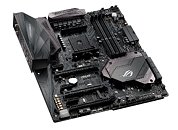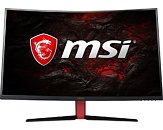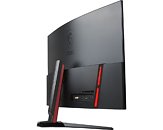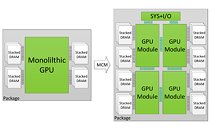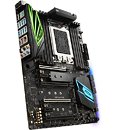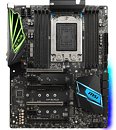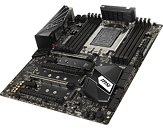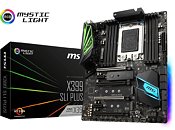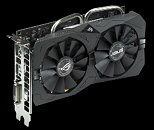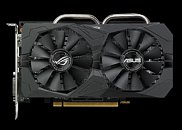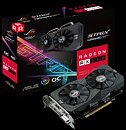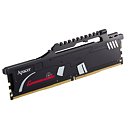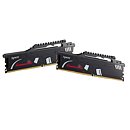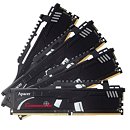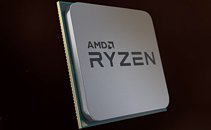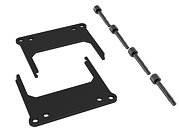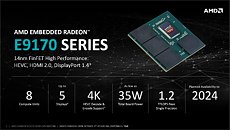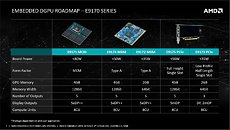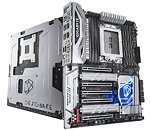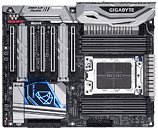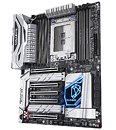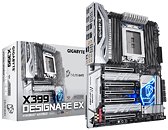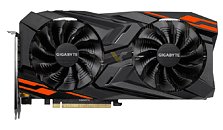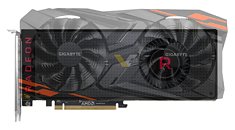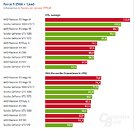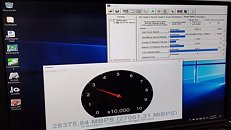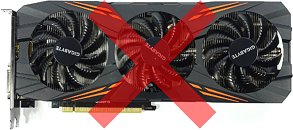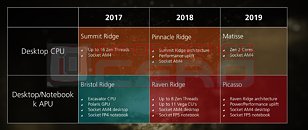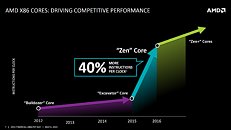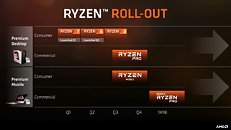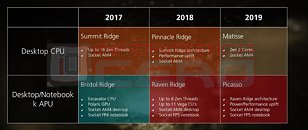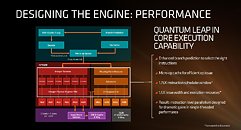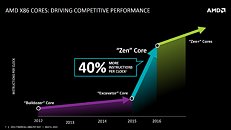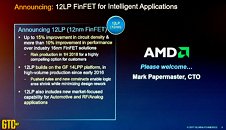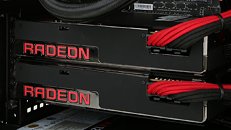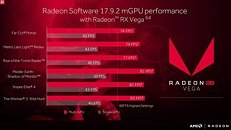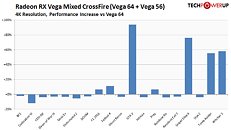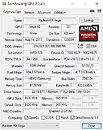
AMD Readies AGESA 1.0.0.7 Update Enabling "Raven Ridge" APUs
AMD is readying an update to its AGESA micro-code. AGESA is an essential component of AMD platform motherboard BIOSes responsible for starting the processor at system start-up. Updates to it improve the motherboards' memory and CPU compatibility. Following its all-important AGESA 1.0.0.6 update that vastly improves memory compatibility of AMD Ryzen processors, the company is readying an even newer version. The new AGESA 1.0.0.7 update prompts significant changes to the structure of motherboard BIOSes, making it easy to implement support for upcoming socket AM4 chips, such as the "Raven Ridge" APUs, and the 2nd generation Ryzen "Pinnacle Ridge" CPUs.
Professional overclocker elmor, who is currently associated with ASUS ROG, responding to an Overclockers.net forums question about the Crosshair VI series motherboard, mentioned that AGESA 1.0.0.7 significantly changes the BIOS structure of AMD motherboards, which will make it easier implement support for future processors. "AGESA 1007 comes with support for Raven Ridge APUs. AMD has also changed the entire BIOS base structure so we have to do a lot of work to port everything to the new version, which may result in further bugs. The advantage is that it makes it easier to support future CPUs (Raven Ridge, Pinnacle Ridge)," he said. Updates to AGESA are distributed by motherboard manufacturers as BIOS updates.
Professional overclocker elmor, who is currently associated with ASUS ROG, responding to an Overclockers.net forums question about the Crosshair VI series motherboard, mentioned that AGESA 1.0.0.7 significantly changes the BIOS structure of AMD motherboards, which will make it easier implement support for future processors. "AGESA 1007 comes with support for Raven Ridge APUs. AMD has also changed the entire BIOS base structure so we have to do a lot of work to port everything to the new version, which may result in further bugs. The advantage is that it makes it easier to support future CPUs (Raven Ridge, Pinnacle Ridge)," he said. Updates to AGESA are distributed by motherboard manufacturers as BIOS updates.
